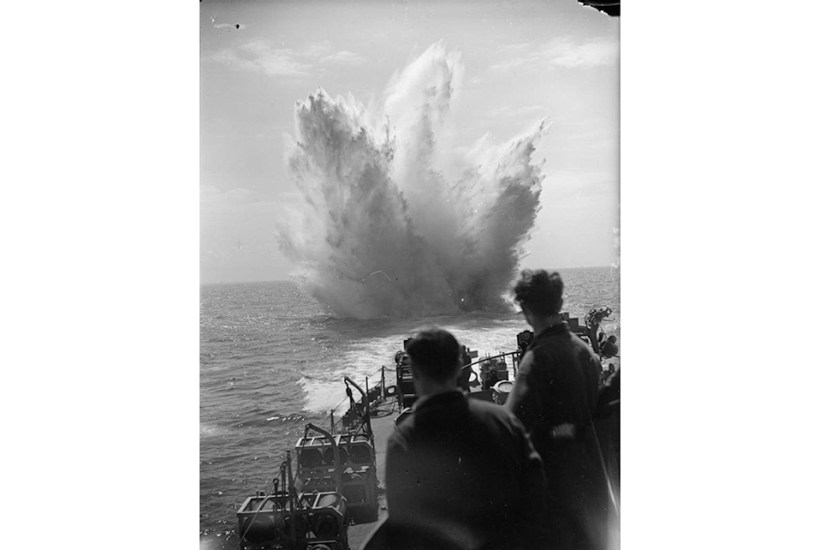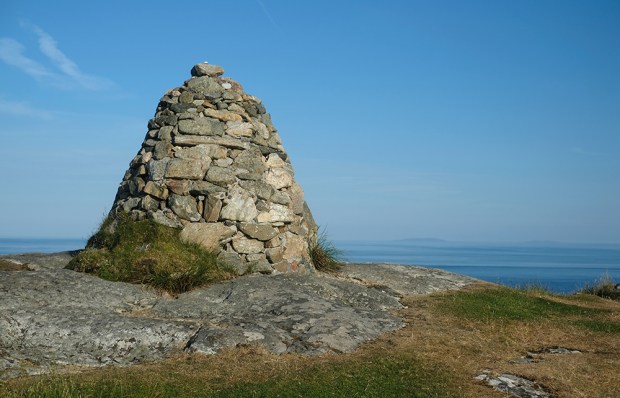In December last year, the last surviving D-Day veteran of my old regiment, the 13th/18th Royal Hussars, died peacefully in his care home. On 6 June 1944, 20-year-old Trooper Lawrence Burn had been the gunner in a specially adapted Sherman tank which, along with others of the regiment, had driven down the ramps of their landing craft 5,000 yards off Sword Beach and swum for almost an hour through the high swell to land a few minutes ahead of the assaulting infantry in order to suppress the defenders’ fire.
Already a subscriber? Log in
Subscribe for just $2 a week
Try a month of The Spectator Australia absolutely free and without commitment. Not only that but – if you choose to continue – you’ll pay just $2 a week for your first year.
- Unlimited access to spectator.com.au and app
- The weekly edition on the Spectator Australia app
- Spectator podcasts and newsletters
- Full access to spectator.co.uk
Unlock this article
You might disagree with half of it, but you’ll enjoy reading all of it. Try your first month for free, then just $2 a week for the remainder of your first year.














Comments
Don't miss out
Join the conversation with other Spectator Australia readers. Subscribe to leave a comment.
SUBSCRIBEAlready a subscriber? Log in